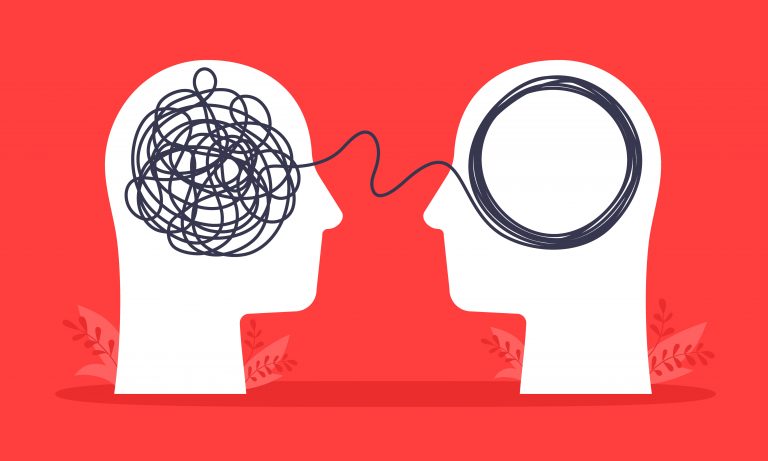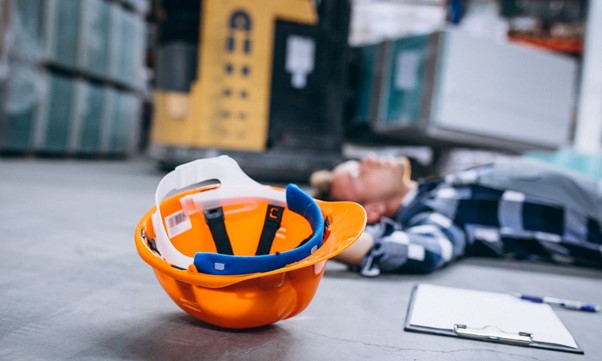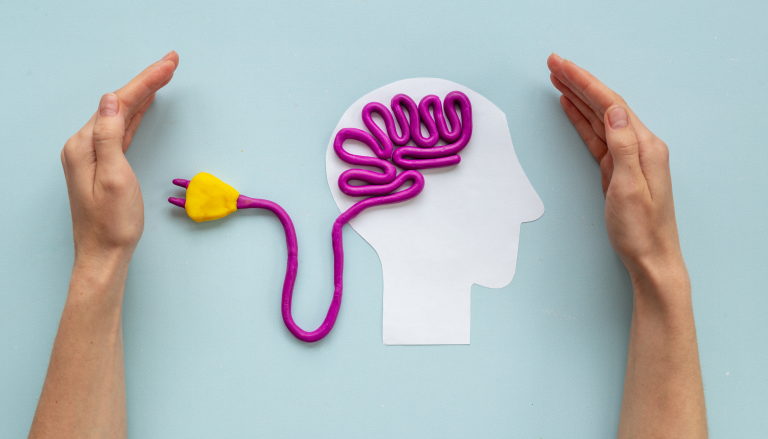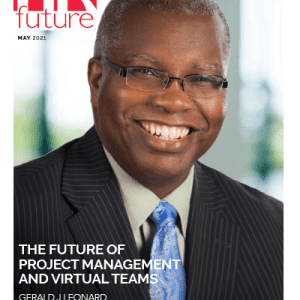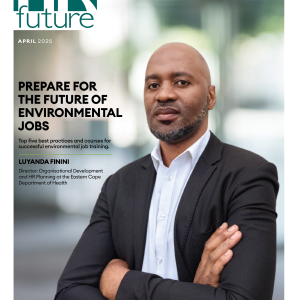As employees slowly return to the office, many companies would benefit by looking to an often-ignored aspect of the workplace to lure them back: office design.
Many employees prefer working from home, not only because it eliminates the unpredictable and wasteful commute, but also because home is often a much more pleasant place to get things done.
It’s brighter, more physically comfortable, more customized to their temperature and lighting preferences, and (usually) less distracting—in terms of both sights and sounds.
Fortunately, there is extensive research that offers a road map for companies looking to reconfigure existing or new spaces to better meet their employees’ needs, and make them happier in the office.
There may not be any place quite like home, but the research suggests that offices can come a lot closer than they usually do.
There has long been criticism of open-plan offices, scoffing at designers’ claims that they encourage face-to-face interaction and meaningful collaboration between knowledge workers.
But these common office configurations have managed to survive, so the question now isn’t how to kill them, but instead how to improve them.
One study, conducted at the Bartlett School of Architecture at University College London, looked at four floors of the London headquarters of a large international technology company. It surveyed staff about how satisfied they were with workspaces and meeting rooms, along with specific information on the office seating positions of all participants.
The question arose whether satisfaction with workspace differed depending on where someone was sitting.
It did.
The research found if people saw a lot of colleagues in front of them, it was distracting. If they knew lots of people were behind them, they felt both left out and unsettled because they didn’t know what was happening behind their backs.
The research attributed this negative feeling “to distractions and difficulty of talking to co-workers without disturbing others.”
Designers should avoid row after row of facing desks, which maximise desk density but leave some groups facing a wall while their colleagues stare at their backs.
Additionally, free-standing dividers, meeting rooms, whiteboards and walls that are movable can serve to interrupt long visual fields, thereby lowering the number of desks in view.
Small, intimate team areas, where colleagues can see their closest team members, but not permanently peer at people with whom they are not directly working, could help build team cohesion and increase productivity.
Recent research published online by Cambridge University Press, simulated the specific sounds of an open-plan office—from voices to the sounds of telephones, printers and typing—found that the noise reduced psychological well-being as compared with a quieter environment.
It found that noise made it 25% more likely that somebody would say they were in a bad mood, and increased stress responses (in the form of heart rate and skin conductivity) by 34%. Other studies have shown that when knowledge workers are interrupted, they may require up to 23 minutes to get back on track.
That’s likely to become a bigger problem in a post-Covid world, where companies are giving up space and cramming in more desks to accommodate fewer workers coming into the office.
Open plan offices don’t have to be so annoyingly noisy.
They can, for instance, employ features such as fabric and wall partitions to reduce noise, or pump in pleasant sounds like those mimicking wind in the forest or rainfall. These sounds have been shown to reduce the ability to understand background speech. Other people talking is what really annoys workers the most.
Other clever ways to keep distracting noises to a minimum includes area rugs, floor lamps, sofas and other soft objects dampen noise and give a sense of calm.
And calm brings a sense of well-being.
Air quality is important too: workers in offices with enhanced ventilation performed significantly higher on strategic thinking and cognitive performance tests administered at the end of the workday, with 15%-50% improvements compared with when they worked in the more conventional office environment with less fresh air.
Linda Trim is the Director at workspace design consultancy, Giant Leap.









